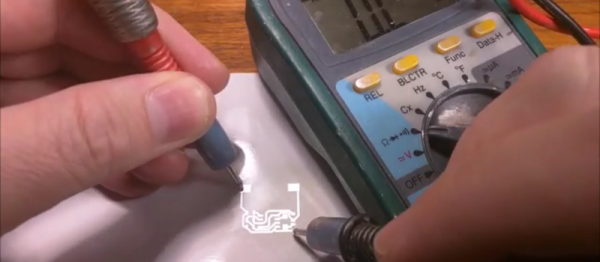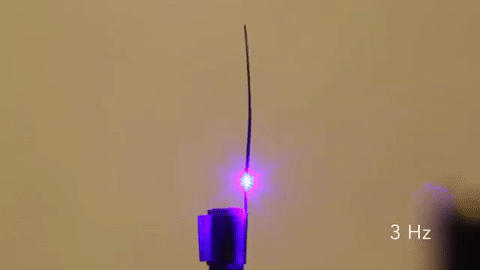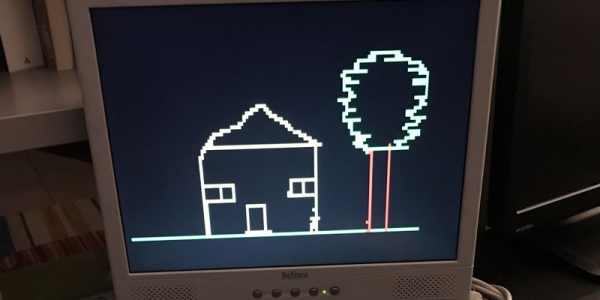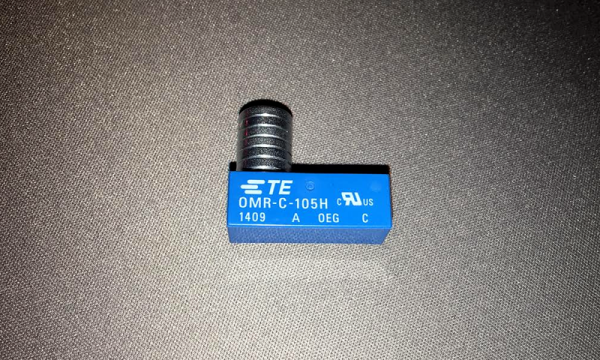If you’ve ever tried to build a printed circuit board from home, you know how much of a pain it can be. There are buckets of acid to lug around, lots of waiting and frustration, and often times the quality of the circuits that can be made traditionally with a home setup isn’t that great in the end. Luckily, [Rich] has come up with a way that eliminates multiple prints and the acid needed for etching.
His process involves using a laser printer (as opposed to an inkjet printer, as is tradition) to get a layer of silver adhesive to stick to a piece of paper. The silver adheres to the toner like glitter sticks to Elmer’s glue, and allows a single pass of a laser printer to make a reliable circuit. From there, the paper can be fastened to something more solid, and components can be reflow soldered to it.
[Rich] does post several warnings about this method though. The silver is likely not healthy, so avoid contact with it, and when it’s applied to the toner an indeterminate brown smoke is released, which is also likely not healthy. Warnings aside, though, this is a great method for making home-made PCBs, especially if you don’t want tubs of acid lying around the house, however useful.
Thanks to [Chris] for the tip!






 Originally created for the square inch contest, VGA Blinking Lights could hide behind a quarter. [Danjovic] dusted his project off and entered it in The
Originally created for the square inch contest, VGA Blinking Lights could hide behind a quarter. [Danjovic] dusted his project off and entered it in The












